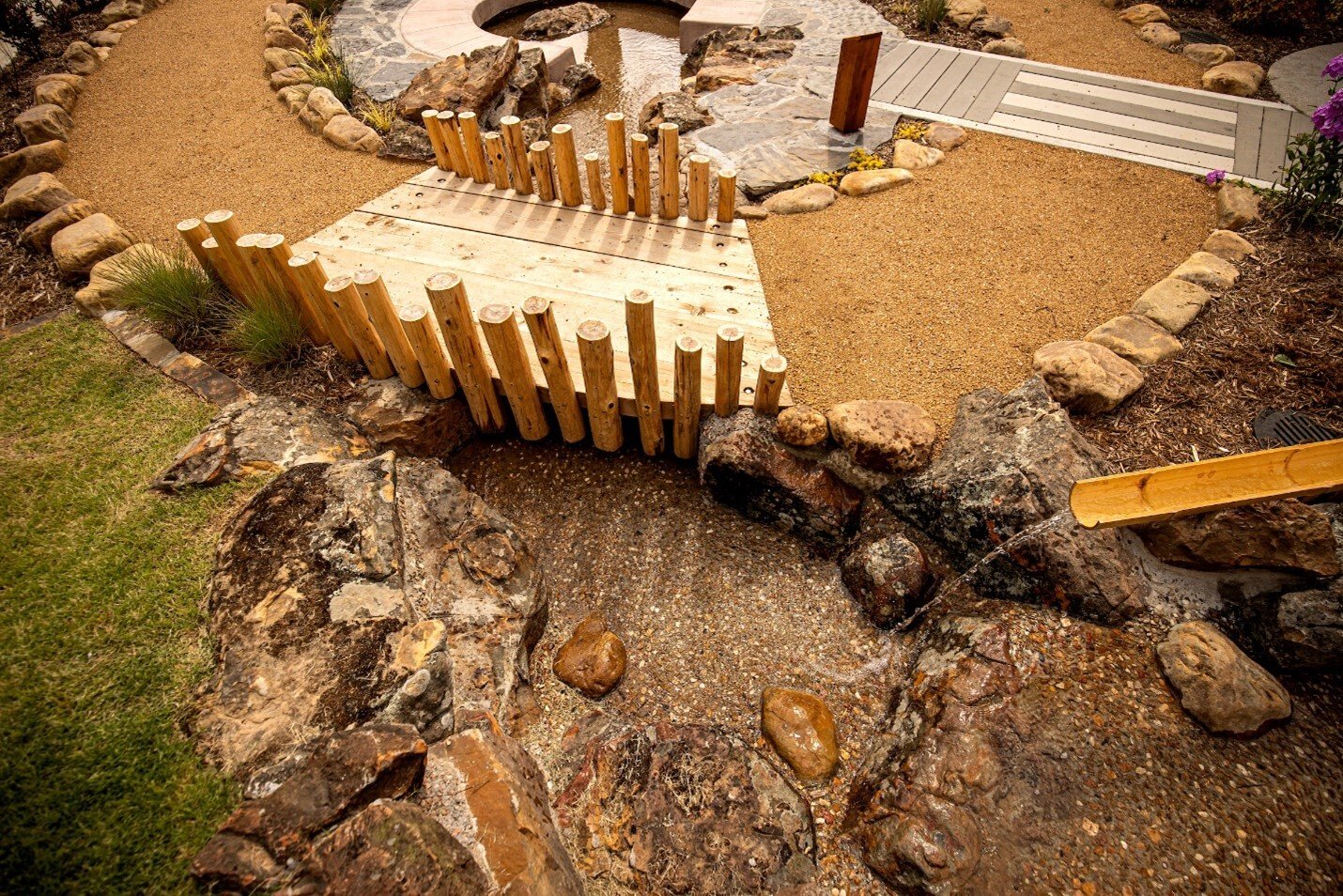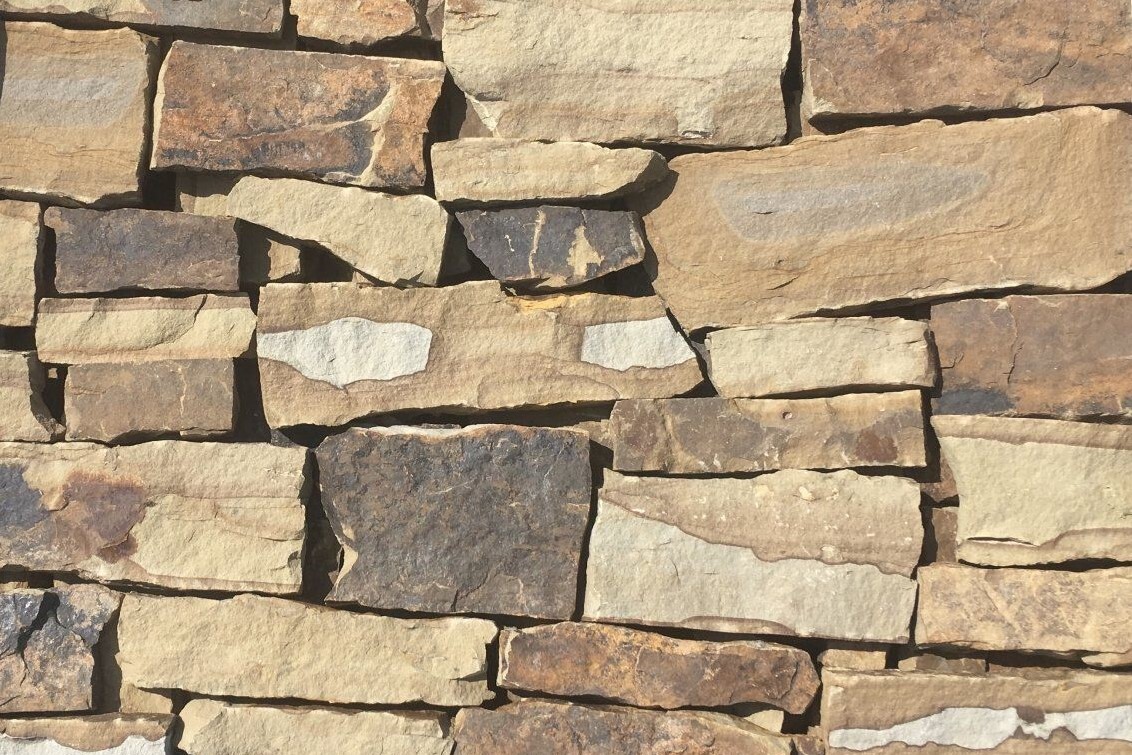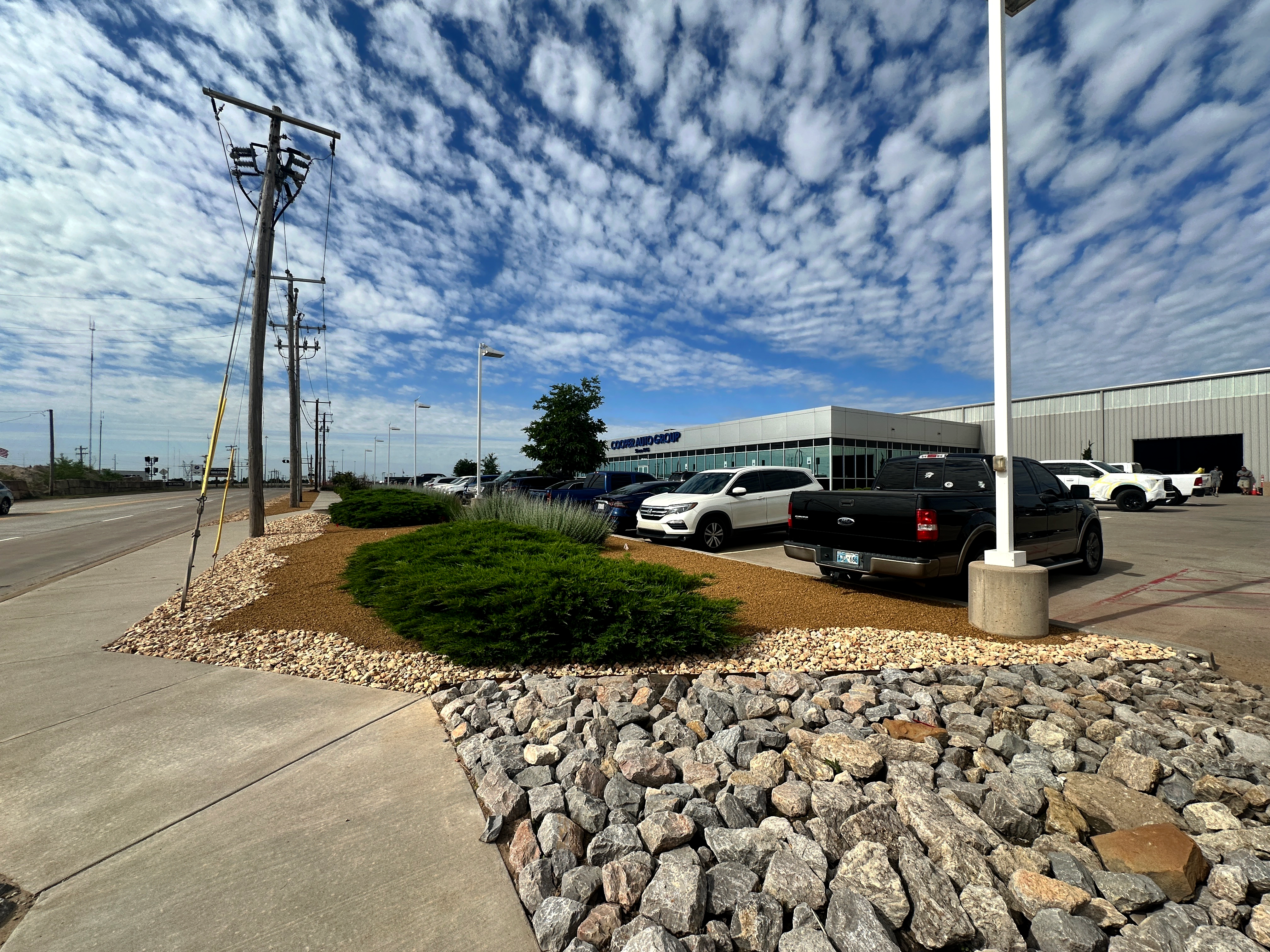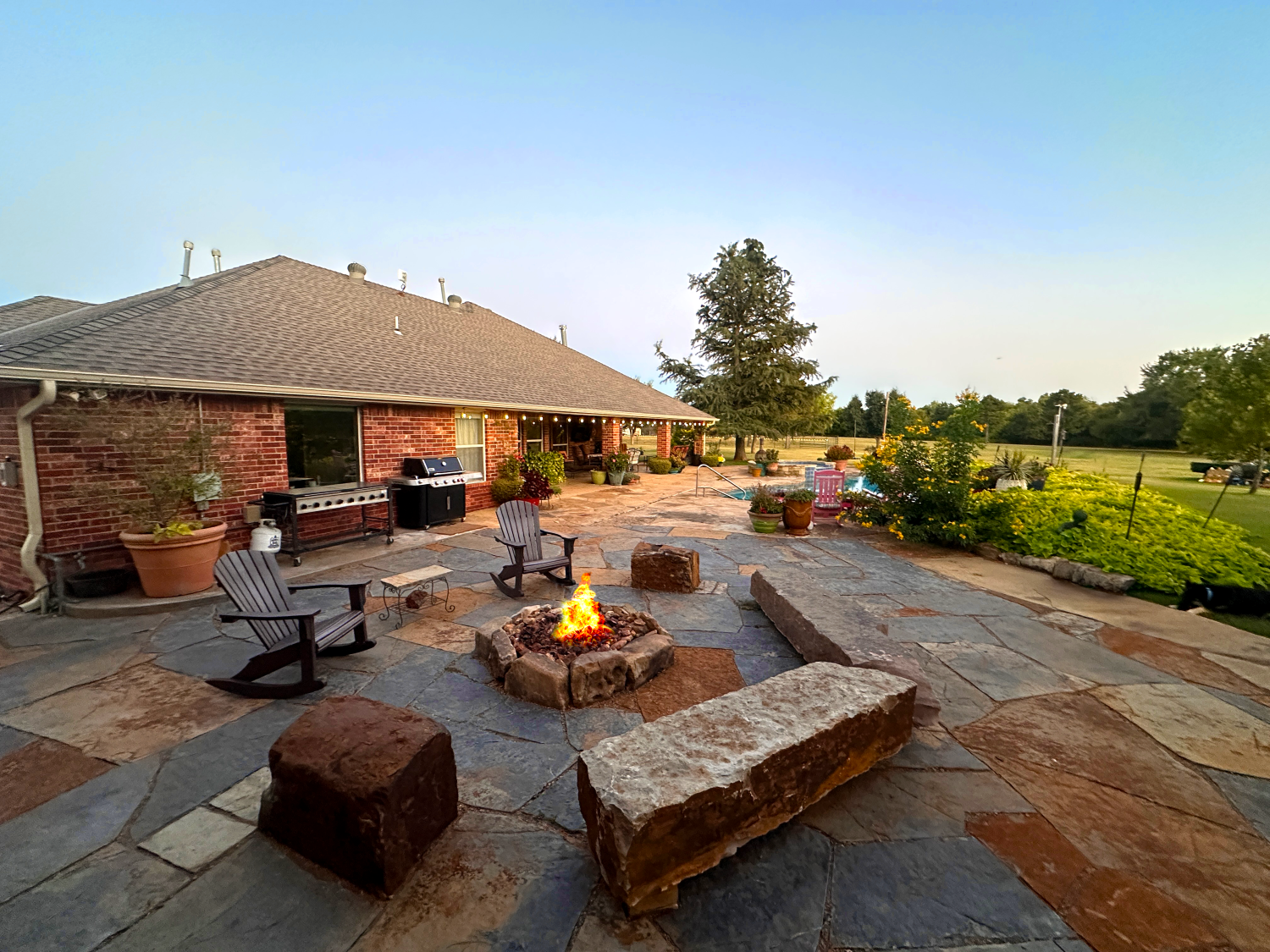What Is Soil Erosion?
The soil is composed of several layers, and the topmost one - called topsoil - is the most important for determining soil fertility. The soil surface is where most organic materials accumulate, and therefore the one richest in nutrients and best suited for plant growth. The subsoil and other layers fulfill other purposes in agricultural lands, such as allowing water percolation and root growth, but the topsoil is the MVP when it comes to germination, growth, and productivity.
Soil erosion is what happens when the topsoil is removed or displaced due to the movement of soil particles caused by water, wind, or other causes. This is a problem in two ways: first of all, it removes your rich topsoil, leaving your plants with poorer soils to grow in. Secondly, that topsoil goes somewhere, causing another set of issues such as blocking water flow, contaminating, or damaging seedlings or crops.
The rates of soil erosion can be calculated by dividing the soil mass lost over a certain period of time for a specific area. There are formulas such as the Universal Soil Loss Equation that allow to calculate and predict the effects of erosion in terms of loss of soil.
Erosion can be fixed, and most importantly, it can be easily prevented. Are you ready to learn more?
Common Causes of Soil Erosion
Water
Soil erosion by water is definitely the most common form of erosion, and there are several names for it depending on the way surface water affects the topsoil. For example, sheet erosion happens naturally, when rainfall and water running over the ground remove a uniform, thin layer of soil over a large area. This process is natural and relatively small, but it can also go unnoticed for a long time, therefore causing damage to your crops and reducing soil quality in the long run.
If the water does not run evenly, but rather flows in narrow streams that start digging ridges into the ground, we start calling it rill erosion or gully erosion. Rill erosion occurs when small channels appear on the soil surface, up to about 12 inches deep. If the furrows are any deeper than that, then it’s called gully erosion, and it is considered a different problem because of the size and volume of soil particles that can be washed downstream.
Wind
Wind erosion is a problem especially for flat areas with dry, sandy soils and no vegetative cover, and its secondary side effects are easy to notice, as the dust clouds will contaminate the air nearby, affecting humans, animals, and equipment. If the soil particles lifted are especially big, wind erosion can even damage your crops through abrasion. Fortunately, there are many ways to prevent soil erosion caused by wind, and we will go over them very soon.
Gravity
You wouldn’t think of gravity as a cause for erosion until you start thinking of hillsides and slopes. If the soil is not well structured and plants do not have deep enough roots, gravity can pull and dislodge anything from pebbles to whole blocks of rocks and dirt, making them slide or roll downhill. This can be gradual and gentle, or as dramatic as a landslide or mudslide. Hillsides have been farmed for centuries, and there are many methods to do so safely while controlling soil erosion.
Effects of Soil Erosion
Like we said earlier, soil erosion problems happen in two fronts: the field where the topsoil is eroded, and the place where that topsoil comes to rest. We will focus on what happens in your fields, where erosion effects include loss of nutrients, lower productivity, and eventual long term soil degradation.
Soil Degradation
Soil erosion is one of the ways through which soil can lose its productivity in the short and long term. The loss of topsoil, if not detected and corrected in time, will make your soils poorer in the long run; furthermore, fixing a deeply degraded soil can be an expensive and lengthy process. When it comes to soil degradation, prevention is key - protect your soil against erosion to ensure it stays healthy and fertile.
Smaller Crop Yields
Poor or insufficient topsoil due to soil erosion can affect your crops from the very start, reducing germination rates - in extremely bad cases of erosion, seeds themselves may be washed off with the soil. Even when your plants do germinate, not enough nutrients in the soil will lead to underdeveloped roots and slower growth, for smaller crops and unsatisfactory harvests down the line.
How To Prevent Soil Erosion
A stitch in time saves nine, goes the saying, and it is definitely true regarding erosion. Preventing soil erosion is easy, and it will save you a lot of headaches and money down the line. Many of the soil conservation techniques we’re about to outline are also inexpensive, and even if you have to spend a little more to protect your soil, it will be totally worth it in terms of protecting your topsoil, your crops and all your hard work.
Increase Vegetation
Deforestation is one of the biggest causes of erosion on a large scale, and planting the right kind of vegetation is just as powerful to reverse and prevent erosion. If you are letting a field rest for a season, don’t just leave the soil uncovered: plant a cover crop that will protect and condition the soil until it’s planting season again. Cover crops have the added plus that when you’re ready to plant you can just cut them and work the crop residues right into the ground, which will add organic matter and nutrients into your soil. Erosion prevention and soil conditioning, all in one!
Trees take longer to grow, but there are many fast-growing varieties, and they are very effective as windbreakers if wind erosion is a problem for you. And if you are planting on hillsides or slopes, remember to use long-rooted plants such as alfalfa or vetiver to anchor your soils and help them stay in place.
Improve Drainage with anti compaction soil
If your soil doesn’t drain well, water will accumulate and start washing away the topsoil and organic matter from your fields. Soil compaction is one of several causes of poor drainage, and high clay content in the soil is another.
Evaluate your soil drainage with an easy do-it-yourself test: dig a hole that’s 12 inches wide and 12 inches deep. Fill it with water and let it drain completely. 12 hours later, fill it back up, and time how long it takes for all the water to drain out - if it’s more than 2-3 hours, you have drainage issues. Look into the causes: is your subsoil compacted? Is your soil clayey? Once you understand the problem it will be easy to fix by adding aggregates, compost or sand in the right places.
Mulch & Fertilizer
If we said it one we said it a million times: mulch is a grower’s best friend. Covering your soil with a layer of mulch will keep moisture, regulate temperature, and - very importantly! - protect your soil from water and wind erosion. Fertilizer should be part of your farming routine, but don’t neglect mulching on top of it - your fertilizer will go a long way, and your soil will be in much better shape in the long term.
Retaining Walls & Terracing
Gravity and water are a dangerous mix if you are planting on sloping terrain. Level things up as much as possible using the terracing technique, which has been used for millennia. If at all possible, secure every terrace with a retaining wall that is a little higher than the ground, effectively creating a barrier that will prevent runoff into the other levels.
Geotextiles
You may be familiar with geotextiles because of their excellent ability to block weeds and keep gravel paths and flower beds looking tidy. But geotextiles may also be great allies when it comes to preventing erosion. A well-constructed geotextile will allow enough water to keep the soil moist, but excess water will run over it, leaving the soil below untouched and in place. Geotextiles are highly recommended for sloping ground since they protect the topsoil even more from gravity and running water.
Contouring
Have you seen those maps with lots of concentric curved lines indicating changes in elevation? That is exactly the principle behind contour farming. If your field slopes gently, do not ignore the slope and plant in straight lines - instead, plow and plant at an even level, following the elevation contour lines. This creates a natural water break and prevents rill and gully erosion in case of heavy rain.
How To Maintain Soil Quality
The quality of your soil will have a direct impact on the productivity and quality of your crops. Once your soil is protected against erosion, feed, and condition it to keep it in top shape - your plants will thank you through high yields and generous harvests.
Fertilizer
When it comes to fertilizing your soils, think outside the box. Rather than just throwing out handfuls of pellets of store-bought fertilizer, test your soil - you can get a kit online if you don’t have the patience for a lab test - and give it exactly what it needs. You may be surprised by what you discover: perhaps your soil is more acidic than you expected, or it has a marked lack of potash that is lowering your plants’ productivity. Knowledge is power, and targeted fertilization will give you exponentially better results than just routine application of a generic fertilizer.
Crop Rotation
Different plants have different nutrient requirements, and high yield crops take a lot out of the soil. If you always plant the same crops in the same place, you will soon be facing a chronic depletion of specific nutrients, which you will then have to supply artificially in order to keep producing. If you rotate your crops and grow very different plants in succession, you will let the soil rest, as well as benefit from different chemical and biological plant activity. Crop rotation was practiced by farmers centuries ago, and they were right about it. Remember to also leave crop residues on the ground and work them into the soil whenever possible.
Improving Air & Water Flow
Soil compaction is such a major issue, the United Nations has a commission looking for ways to alleviate it. Lack of proper air and water flow can be as bad for plants as lack of fertilizer and sunshine - if the soil is not porous enough, roots have no room to grow adequately, and without proper roots, your plants will simply not thrive. They may survive, but they will be weak and small. Check your soils for compaction and waterlogging, and take measures to ensure your soils are adequately porous and aerated.
Talk to a Soil Expert
Are your plants not growing or producing as much as you expect? Do you suspect you have soil problems? Give us a call or pay us a visit! Our team at Minick has many passionate, knowledgeable individuals who will be happy to discuss your soil challenges with you and offer you solutions. No problem is too small - we are always happy to hear from you and help you out. We also have staff specialized in the unique challenges of large-scale commercial farming, if that is your case.






